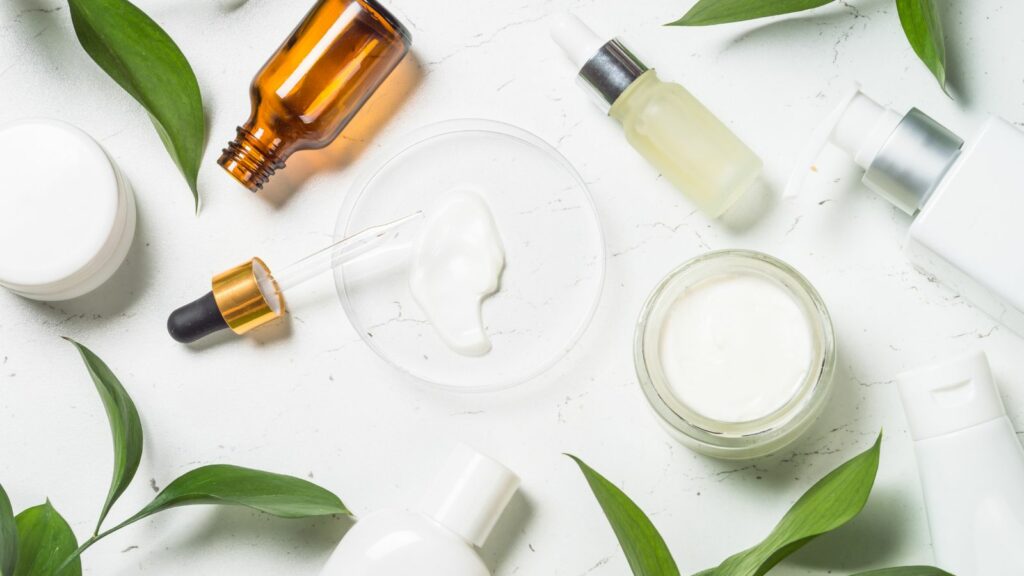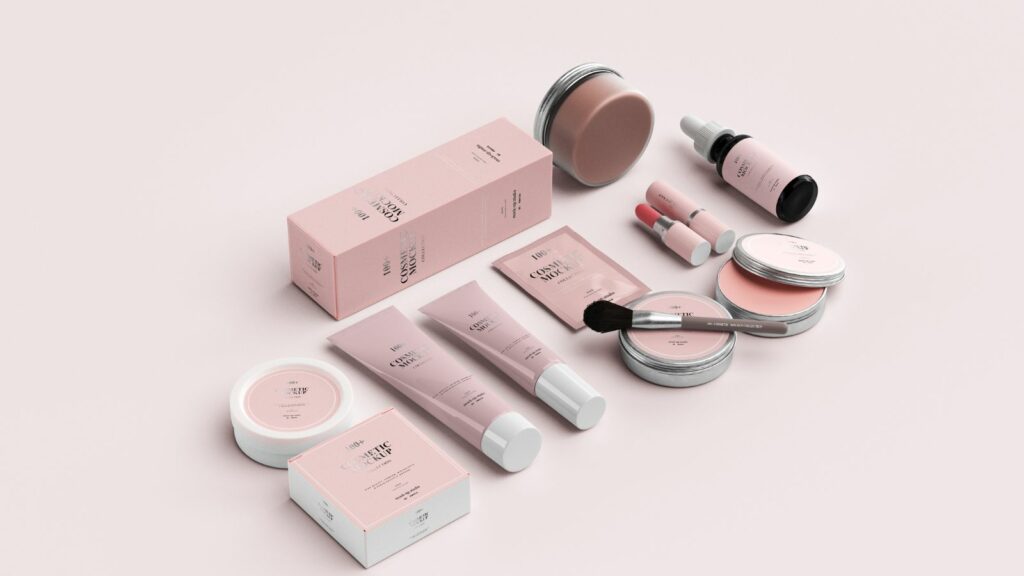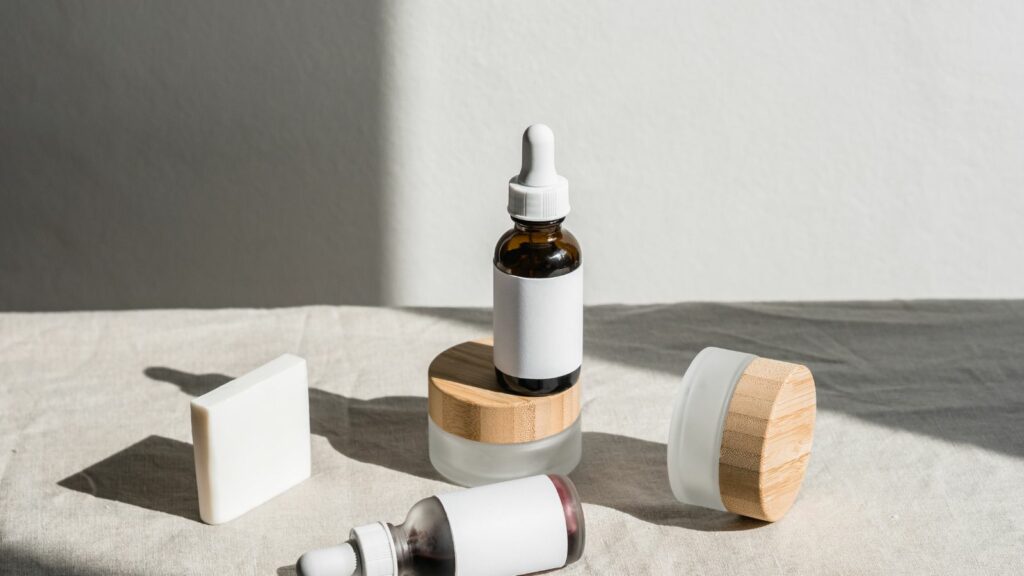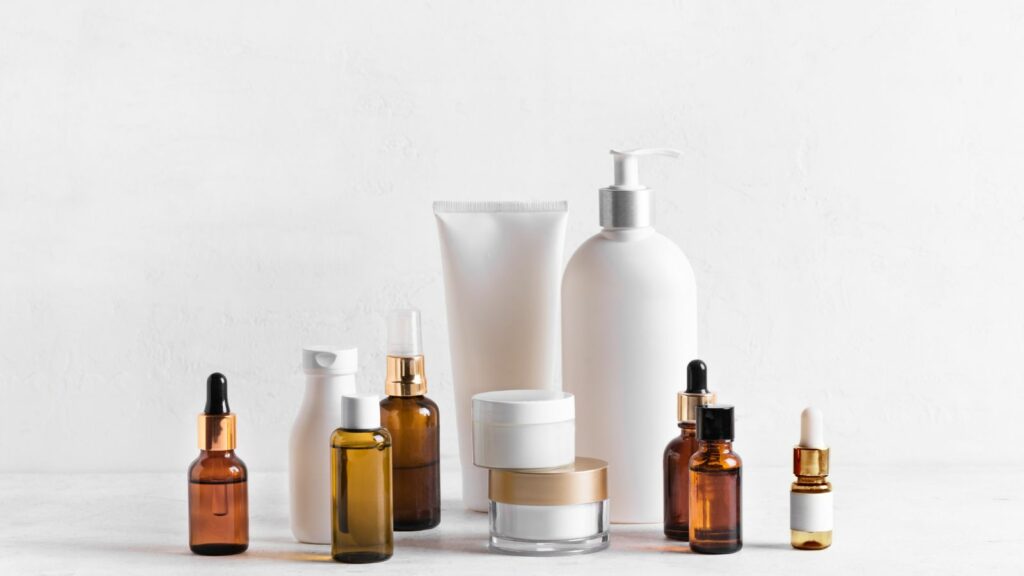In the ever-evolving world of beauty and personal care, brands constantly vie for the spotlight. They’re not just selling products; they’re selling dreams, confidence, and self-expression. This article delves into the fascinating realm of these brands and their unique strategies to captivate consumers.
From luxury giants to indie startups, each brand brings its own flair to the table. They’re shaping trends, pushing boundaries, and redefining beauty norms. Let’s explore this dynamic industry and the brands that are making waves in the beauty and personal care landscape.
Beauty and Personal Care Brands
Detailing the evolution of beauty and personal care brands offers insights into the transformative journey of the industry. Ever-evolving, these brands stride towards innovation, continuously redefining the landscape of beauty norms.

Tracing back, we find a significance in the 20th century as a turning point for beauty and personal care brands with the advent of mass production. For instance, brands like Max Factor and Maybelline began their operations in the early 1900s, pioneering the makeup industry. By the late 1920s, brands incorporated color psychology into their product developments and marketing, reflecting proportions rippling across the industry.
Technology plays a pivotal role in the development of brands. In the initial phase, industries incorporated technology merely in the manufacturing, packaging, and distribution. However, in the current digital era, a brand’s digital presence significantly influences its sales and brand image. For example, social media enables brands to connect with consumers on a personal level, while e-commerce portals facilitate easy and international accessibility of products.
Augmented Reality (AR) has been another bearer of change. Brands like L’Oréal Paris now offer digital makeup trials, augmenting customer experience. Even smaller companies, thanks to technology, can now compete in the global market effectively.
Key Players in the Industry
Industry dominators represent colossal brand names, they’ve set benchmarks, earned customer loyalty, and revolutionized beauty norms. Others, however, are emerging, smaller, yet making their mark in the beauty and personal care world.

International cosmetic giants, such as L’Oreal, MAC, L’Oréal Paris, and NARS, dominate the sector. L’Oréal, a French multinational, ranks consistently as the world’s largest cosmetics company. Profiting from a wide range of products, it encapsulates skincare, hair color, make-up, and perfumes. MAC, originally a Canadian company, stands undisputed in professional make-up artistry. L’Oréal Paris, another subsidiary of L’Oreal, presents a comprehensive range of cosmetics, from skincare to hairstyling. NARS, with its iconic Orgasm blush, has cultivated a devoted follower base.
Niche Brands Making a Mark
Indie brands like The Ordinary, Drunk Elephant, Sunday Riley, and Tatcha underscore innovation in the beauty market. The Ordinary, a Canadian brand, champions pricing and ingredient transparency, leading in affordable skincare. Drunk Elephant, a Houston-based company, skews towards ‘clean’ products, avoiding what it labels the ‘Suspicious 6’. Sunday Riley personifies high-performance, targeted skincare, recognized for its Good Genes All-in-one Lactic Acid Treatment. Tatcha, although not entirely indie, with its Japanese-inspired formulations, won a legion of fans, including the Duchess of Sussex, Meghan Markle.
Trends Driving the Beauty and Personal Care Market
Carrying the momentum from the previous discourse, contemporary trends shape the future of the beauty and personal care industry. Major shifts include a surge in sustainable and ethical practices and the rise of personalization. These emerging trends tell an intriguing story of an industry continually evolving, influenced by socio-cultural shifts and advancements in technology.

A commitment to sustainability and ethics defines a pivotal trend in the beauty and personal care market. It’s not just about producing aesthetically pleasing products anymore—it’s about creating meaningful offerings that strike a balance with the environment.
Just to illustrate, Aveda operates with 100% wind power in its primary manufacturing facility. Dove took a pledge to be plastic-free by 2025, with plans to eliminate approximately 20,500 tons of virgin plastic yearly. Meanwhile, Garnier’s Green Beauty initiative aims to transform every stage of its value chain, setting ambitious goals like zero virgin plastic in packaging by 2025 and 100% plant-based hair dye by 2022.

